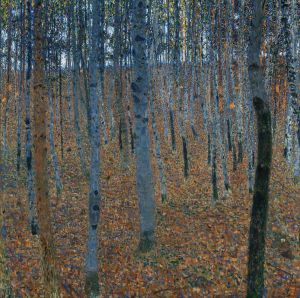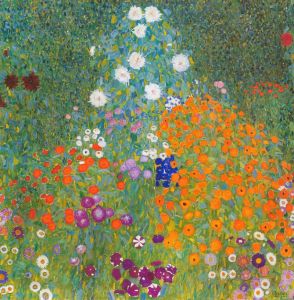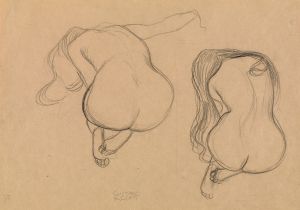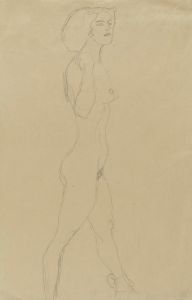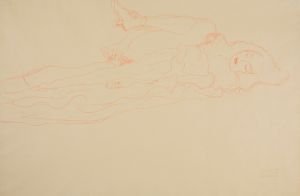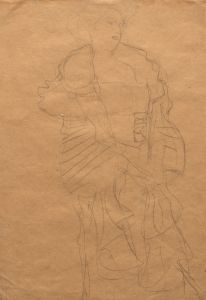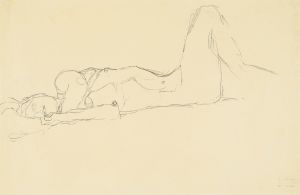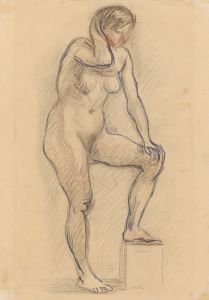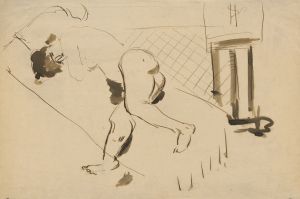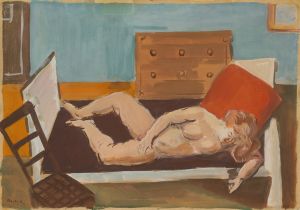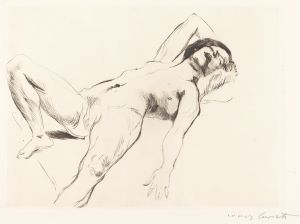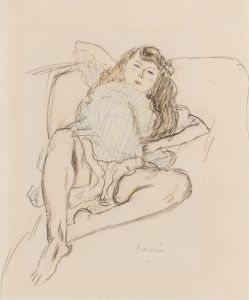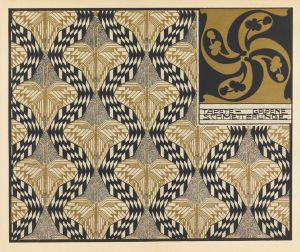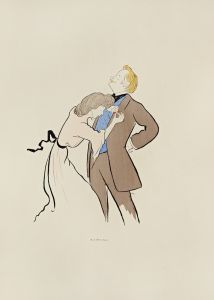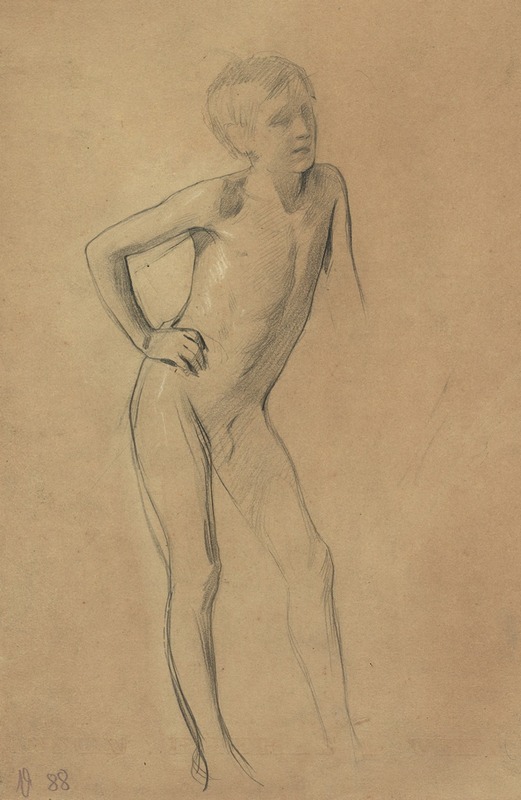
Stehender Knabenakt
A hand-painted replica of Gustav Klimt’s masterpiece Stehender Knabenakt, meticulously crafted by professional artists to capture the true essence of the original. Each piece is created with museum-quality canvas and rare mineral pigments, carefully painted by experienced artists with delicate brushstrokes and rich, layered colors to perfectly recreate the texture of the original artwork. Unlike machine-printed reproductions, this hand-painted version brings the painting to life, infused with the artist’s emotions and skill in every stroke. Whether for personal collection or home decoration, it instantly elevates the artistic atmosphere of any space.
Gustav Klimt, an Austrian symbolist painter, is renowned for his distinctive style and contribution to the Vienna Secession movement. Among his diverse body of work, "Stehender Knabenakt" (Standing Male Nude) is a notable piece that reflects his interest in the human form and his skill in drawing.
"Stehender Knabenakt" is a drawing that showcases Klimt's mastery in capturing the human anatomy with precision and sensitivity. The artwork depicts a young male figure standing in a natural, relaxed pose. Klimt's attention to detail is evident in the way he renders the musculature and posture of the boy, emphasizing the natural beauty and grace of the human body. The drawing is executed with a delicate line, characteristic of Klimt's draftsmanship, which allows for a nuanced portrayal of light and shadow.
Klimt's approach to the human figure often involved a blend of realism and idealism, and "Stehender Knabenakt" is no exception. The drawing reflects his interest in classical themes and his ability to infuse them with a modern sensibility. This piece is part of a larger collection of studies and sketches that Klimt produced throughout his career, which served as preparatory works for his larger paintings or as standalone explorations of form and composition.
The context of Klimt's work during this period is essential to understanding "Stehender Knabenakt." Klimt was active during a time of significant cultural and artistic change in Vienna, a city that was a hub for intellectual and artistic innovation at the turn of the 20th century. The Vienna Secession, of which Klimt was a founding member, sought to break away from traditional academic art and embrace new styles and ideas. Klimt's work, including his studies of the human form, was part of this broader movement towards modernism and experimentation.
Klimt's fascination with the human body is evident in many of his works, and his studies of nudes often reveal an interest in both the aesthetic and psychological aspects of his subjects. "Stehender Knabenakt" can be seen as part of this exploration, where Klimt examines the vulnerability and beauty of the human form without the embellishments often found in his more decorative paintings.
The drawing also highlights Klimt's skill as a draftsman, an aspect of his work that is sometimes overshadowed by his more famous paintings like "The Kiss" or "Portrait of Adele Bloch-Bauer I." However, his drawings are crucial to understanding his artistic process and his ability to convey emotion and character through line and form.
"Stehender Knabenakt" remains an important piece within Klimt's oeuvre, illustrating his commitment to exploring the human figure and his contribution to the development of modern art. The drawing is a testament to Klimt's ability to blend classical influences with contemporary ideas, creating works that continue to resonate with audiences today.





